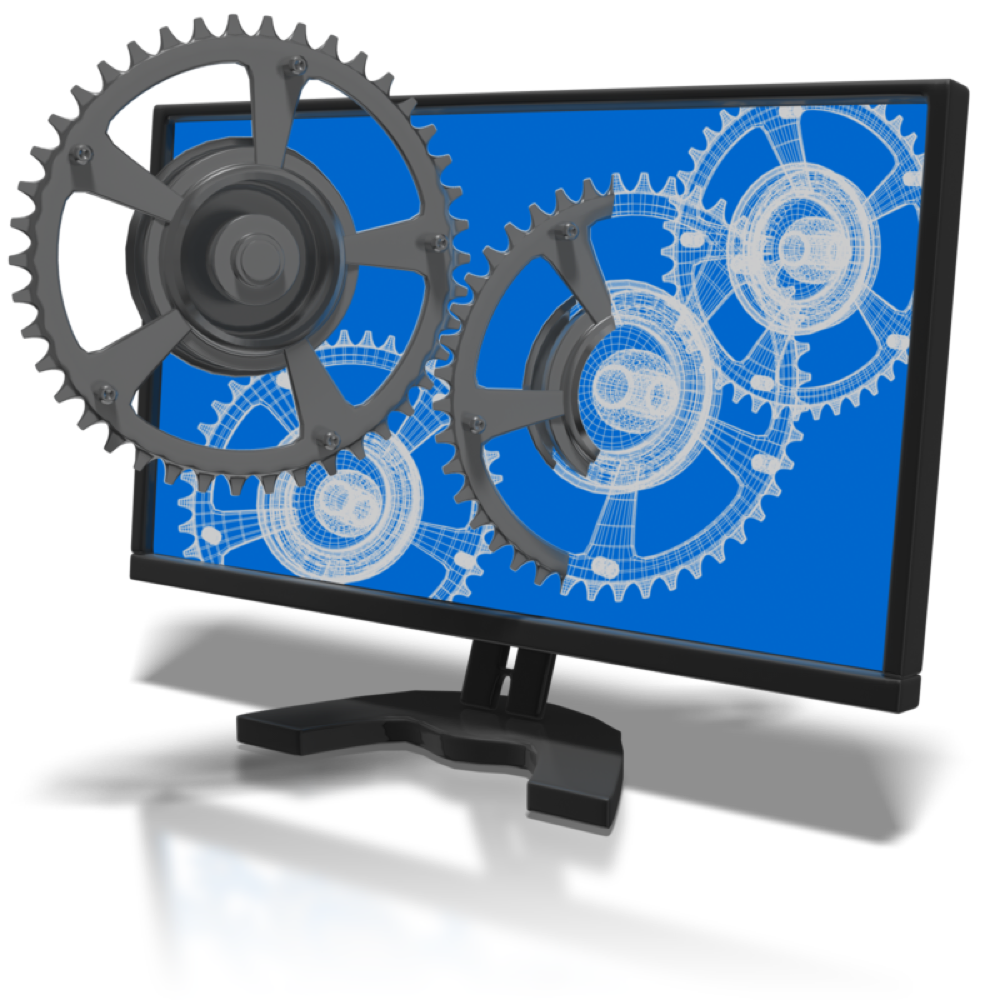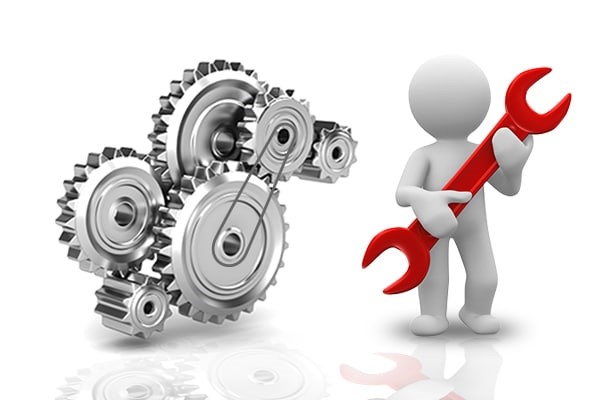
In the manufacturing industry, automation has evolved from the utilization of simple hydraulic and pneumatic systems to today’s modern robot. Most industrial operations are automated in order to increase production and reduce labour costs. Since its inception, the automation industry has made great progress in activities that were previously done manually. A manufacturing organization that uses the latest technology to fully automate the process usually sees an increase in efficiency, the production of high-quality products and a reduction in labour and production costs.
The early years of automation
In 1913, the Ford Motor Company introduced the car assembly production line that is considered one of the pioneers of automation in the manufacturing industry. The conveyor belt also made a huge impact on speeding up processes. For Telescopic Conveyors, visit https://fmhconveyors.com/products/telescopic-conveyors/
Before that, cars were built by a team of skilled and unskilled workers. increased production from automation led to increased production levels and increased profits. The assembly line and mass car production were the first of their kind globally. It dramatically reduced the assembly time from 12 hours per car to about half an hour per car.
Progress of automation in the 20th century
During the 1930s, Japan became a leader in the development of industrial automation components that facilitated manufacturing. One company developed the first micro-switch, protective relay and electrical timers which were very accurate. At this time, all over the world, greater appreciation for automation was inspired with significant research and development taking place. Between 1939 and 1945 during the Second World War, this research was used in the automation of combat aircraft, landing craft, warships, and tanks.
Japan surrendered to the US and allied forces in 1945 and began rebuilding the industry. These new programmes relied on new and superior technology contrary to ancient manufacturing methods used by the whole world. Therefore, Japan is a world leader in industrial automation. Car companies such as Honda, Toyota, and Nissan can produce a lot of high quality and reliable cars.
The current state of industrial automation in the manufacturing industry
The robot industry today has high-quality computing capability and visual systems. However, they are only able to perform in a very structured environment and still require a certain degree of human intervention. In addition, they are quite flexible and highly-specialized for use in small and medium industries, so that industrial automation is often best suited to big manufacturers and significant production runs. Automation in the manufacturing industry relies on computers and the software’s ability to automate, integrate and optimize the various components of the manufacturing system. As a result, it is also referred to as computer-integrated manufacturing.
Due to the birth of and evolution of industrial automation in the manufacturing industry, people across the globe enjoy high-quality products and better energy, resources, and utilization of raw materials. Contrary to what most people believe, the manufacturing industry is set to create more jobs with the use of robots, which will carry on driving industrial operations and continue to bring us the benefits of industrial automation.



